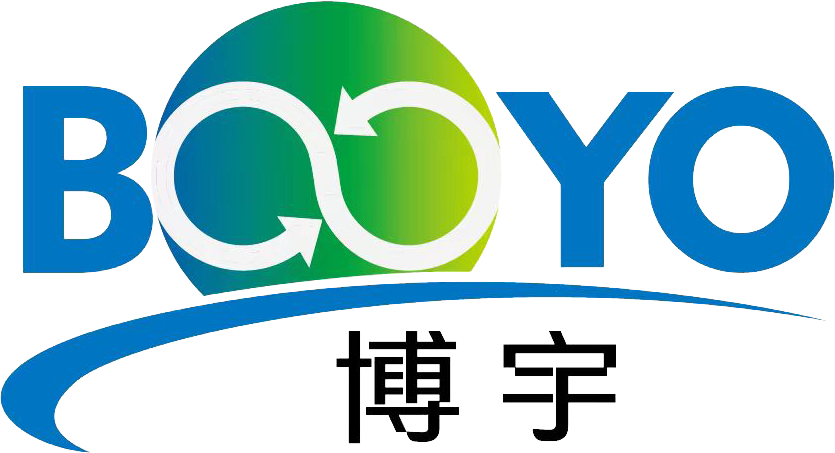
Our News
Find out about our latest news here.
Latest News
- ▶ Large-Scale Spiral Plate Heat Exchanger – 450㎡ Heat Exchange Area, 4m Diameter High-Efficiency Heat Transfer Solution
- ▶ Rich Oil Heater (Oil Rich in Aromatic Hydrocarbons)
- ▶ Power Plant Boiler Heat Recovery System Price Overview
- ▶ The Relationship Between U-Tube and Shell-and-Tube Heat Exchangers
- ▶ U-Tube Heat Exchanger: An Efficient Heat Transfer Solution
- ▶ Differences Between Vertical and Horizontal Spiral Plate Recommended Guide 1
Message
1. Overview
Shell-and-tube heat exchangers are widely used in industrial applications for their efficiency and durability. Among them, U-Tube Heat Exchangers represent a specific design that enhances adaptability to thermal expansion while maintaining structural integrity.
2. Structural Differences
U-Tube Heat Exchangers and other shell-and-tube designs share a similar fundamental structure, consisting of a shell, tube bundle, and tube sheets. However, their tube configurations differ significantly:
U-Tube Heat Exchanger: The tubes are bent into a U-shape and fixed at one end. This allows the tubes to expand and contract freely, reducing thermal stress without requiring expansion joints.
Fixed Tube Sheet Heat Exchanger: Both ends of the tubes are fixed to tube sheets, making the design simpler but more susceptible to thermal expansion issues, leading to potential stress damage.
Floating Head Heat Exchanger: One end of the tubes is free to move, allowing thermal expansion while still permitting easier cleaning of the tube interior.
3. Performance Comparison
4. Advantages of U-Tube Heat Exchangers
Self-Compensation for Thermal Expansion: Eliminates the need for expansion joints, reducing maintenance costs.
Compact and Cost-Effective: The U-bend design allows for a smaller footprint compared to floating head designs.
Durability: Well-suited for high-pressure and high-temperature applications, as it minimizes stress on tube connections.
Long Service Life: Reduces mechanical fatigue, making it ideal for demanding industries like power generation and petrochemicals.
5. Choosing the Right Heat Exchanger
Selecting between U-Tube and other shell-and-tube heat exchangers depends on:
Operating Conditions: U-Tube is preferable for extreme temperature variations, while Fixed Tube Sheet suits lower-stress applications.
Maintenance Needs: If frequent tube-side cleaning is required, a Floating Head or Fixed Tube Sheet design may be better.
Budget Constraints: U-Tube offers a cost-effective alternative with minimal maintenance demands.
6. Conclusion
U-Tube Heat Exchangers are a vital subset of shell-and-tube exchangers, offering flexibility, durability, and cost-effectiveness. While they are excellent for handling thermal expansion, other designs may be more suitable for applications demanding frequent internal cleaning. The optimal choice depends on process requirements, operational constraints, and long-term maintenance considerations.
PROFESSIONAL CONSULTATION
If you are interested in our products and want to know more details, please leave a message here, we will reply you as soon as we can.